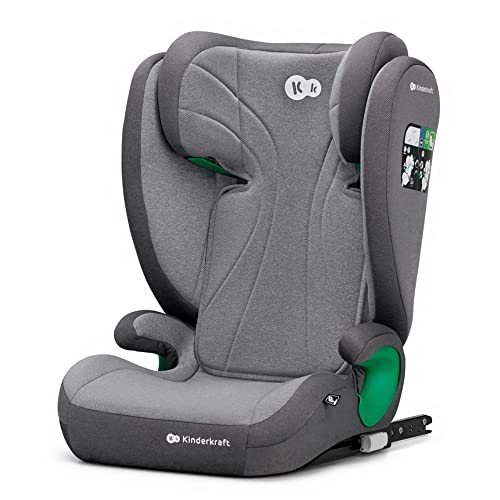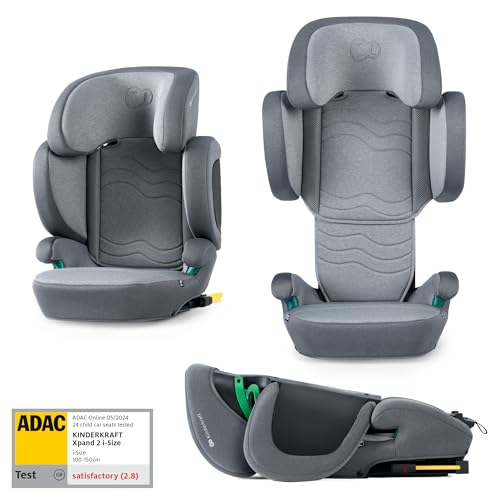
Double Pushchair
Add a review FollowOverview
-
Founded Date July 14, 1937
-
Sectors Transportation
-
Posted Jobs 0
-
Viewed 59
Company Description
7 Things About Pushchair You’ll Kick Yourself For Not Knowing
Understanding Prams and Pushchairs: A Comprehensive Guide for Parents
When it pertains to selecting the best mode of transport for little ones, parents are typically overwhelmed by the variety of options offered. Prams and pushchairs are amongst the most typical options, and each has its own unique functions catering to different requirements. This post dives deep into the world of prams and pushchairs, detailing their distinctions, advantages, drawbacks, and pointers for selecting the right one for your household.
What is the Difference Between a Pram and a Pushchair?
Initially glance, prams and pushchairs might appear comparable, but they serve different functions based on a child’s age and developmental phase. Below are the primary distinctions:

| Feature | Pram | Pushchair |
|---|---|---|
| Age Range | Generally for newborns up to 6 months | Appropriate for kids 6 months and older |
| Design | Flat, horizontal lying position for newborns | Upright seating position; more versatile and mobile |
| Usage | Mainly for walking with infants | May include multiple seating alternatives and setups |
| Foldability | Often bulkier and less portable | Normally light-weight and foldable for easy transport |
Types of Prams and Pushchairs
Choosing the right pram or pushchair can depend on different elements, including the type, functions, and way of life of the household. Below are the main types of prams and pushchairs offered in the market:
Prams
- Conventional Prams: Designed for newborns, they frequently include a deep and comfortable bassinet, making them ideal for young infants.
- Travel System Prams: These can transition from a bassinet to a young child seat, typically including a baby safety seat for ease of travel.
Pushchairs
- Requirement Pushchairs: Offer an upright seat and are suitable for older babies and young children. They often feature reclining capabilities.
- Umbrella Pushchairs: Lightweight and highly portable, these designs fold compactly, making them best for travel.
- All-Terrain Pushchairs: Designed for rugged landscapes, they feature larger wheels and exceptional suspension systems for off-road abilities.
Advantages and Disadvantages
Advantages of Prams
- Comfort for Newborns: Their flat, horizontal style is ideal for the healthy spinal advancement of babies.
- Stylish Designs: Many prams featured elegant aesthetic appeals, appealing to fashion-forward moms and dads.
- Roomy: They tend to use a bigger area for infants to move comfortably.
Drawbacks of Prams
- Bulkiness: They can be heavy and hard to maneuver, making them less practical for public transport or crowded areas.
- Expense: Prams typically feature a greater price compared to pushchairs.
Advantages of Pushchairs
- Mobility: Many pushchairs fold compactly and are light-weight, providing impressive convenience for parents on the go.
- Versatility: With several setups readily available, pushchairs can fit numerous stages of a kid’s growth.
- Much easier to Store: Their smaller size makes them easier to store in compact spaces.
Downsides of Pushchairs
- Less Comfort for Newborns: Most basic pushchairs are unsuitable for extremely young babies unless developed with a reclining function.
- Durability Concerns: Budget pushchairs may not endure substantial usage compared to tougher pram models.
Tips for Choosing the Right Pram or Pushchair
Picking the best pram or pushchair needs mindful factor to consider. Here are some critical factors to bear in mind:
-
Age Appropriateness: Consider your child’s age. A pram might be preferable for a newborn, while a pushchair may be preferred for an older kid.
-
Way of life Compatibility:
- If you frequently travel or utilize public transport, a light-weight option may be easier.
- For active families who enjoy outside activities, a sturdy, all-terrain pushchair might be beneficial.
-
Storage Needs:
- Think about where you’ll keep the pram or pushchair, as some models can use up substantial area.
-
Budget Constraints: Prams can be costly, specifically designer designs. Determine functions that are crucial to you before buying.
-
Safety Features: Always try to find essential safety features like straps, brakes, and durability when choosing a pram or pushchair.
FAQs
1. At what age can my baby begin utilizing a pushchair?
Many pushchairs are suitable for babies from six months, but some convertible models can securely accommodate younger babies when used with a safety seat or bassinet attachment.
2. Can I take a pram or pushchair on public transport?
A lot of public transportation systems accommodate prams and pushchairs, but it’s wise to inspect specific policy standards ahead of time.
3. How can I keep my pram or pushchair?
Regular cleansing, looking for wear and tear, and lubricating moving parts will help in maintaining your pram or pushchair’s functionality and longevity.
4. Are travel systems worth the financial investment?
Travel systems can be an excellent financial investment for parents who frequently travel, offering an all-in-one solution from car to stroller. They use benefit and ease of transition, specifically for brand-new moms and dads.
5. Are there prams and pushchairs with extra functions?
Yes, lots of modern designs include functions like cup holders, storage baskets, adjustable deals with, canopies for sun shading, and even folding systems that can be operated with one hand.
Selecting between a pram and a pushchair is a choice that affects everyday parenting routines. By understanding the distinctions, advantages, and appropriate alternatives, families can make informed options that harmonize with their lifestyle requires. Whether it’s a leisurely walk in the park with a pram or an adventurous outing with an all-terrain pushchair, the very best options often result in treasured memories and pleasing experiences for both parents and children.

